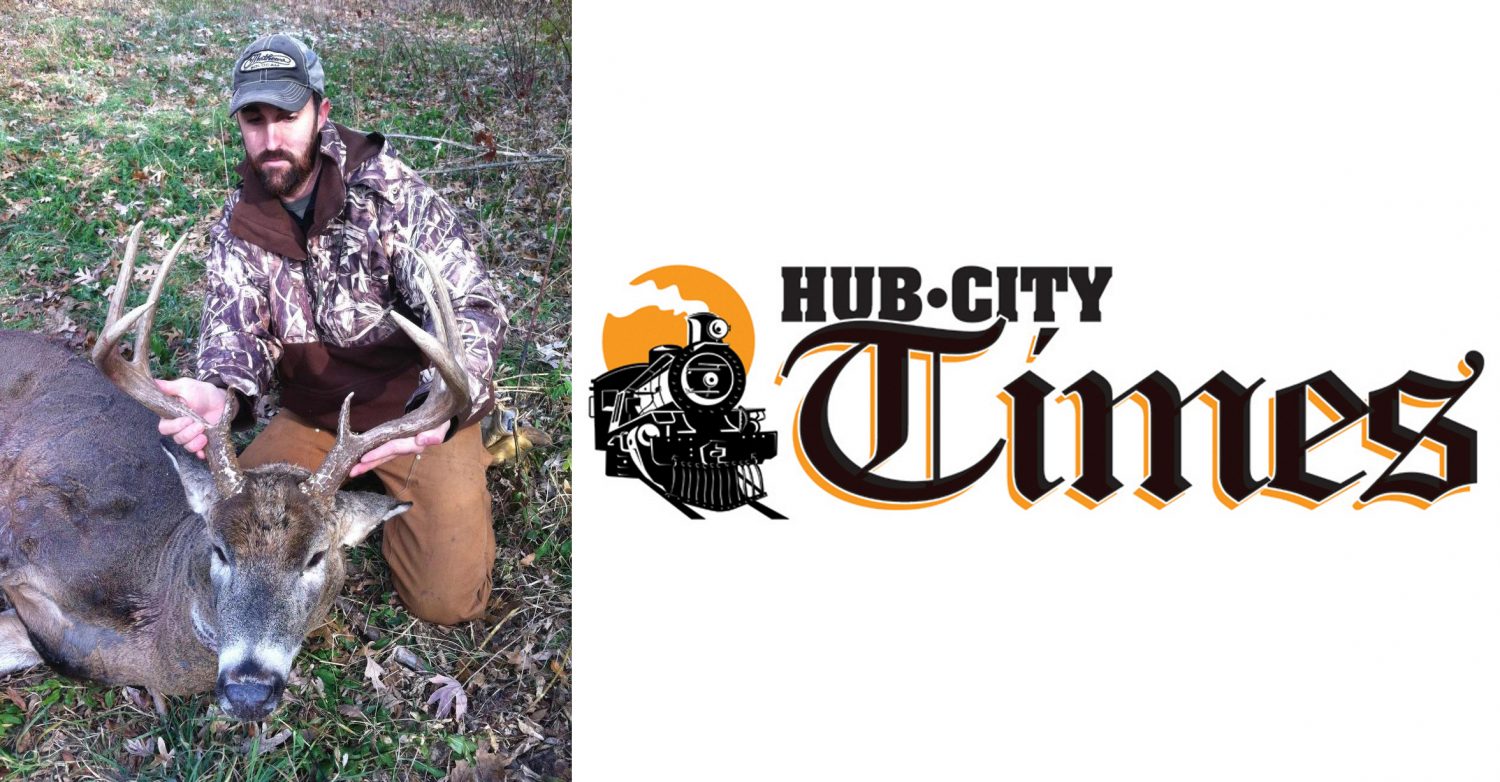Forests, acorns, and snowy owls

By Ben Gruber
Columnist
I spent last Saturday in a tree stand for the bow-deer opener. Apparently it has been a few years since I hunted on the opener because it only took me 30 minutes to remember that last time I bow hunted in September I swore never to do it again. I just do not like donating blood to the mosquitoes. It takes the joy right out of it for me. Every few years I forget that and head out on opening day.
I did not see a deer, although signs are abundant, and my local population appears to be in need of some herd thinning. The deer have a pretty distinct browse line through our woods that is almost 5 feet high, a pretty good indicator of overpopulation. I have lined up a few young folks looking to get their first deer to come and help out with this.
Our woods are also in pretty rough shape. Many years of high-grade timber harvesting have left us with a heavily shaded, high density maple forest, which leads to poor undergrowth and little-to-no oak recruitment. In turn, this means poor food sources over the winter for the resident wildlife.
I have spent many hours with DNR foresters and the Natural Resources Conservation Service working on long-term plans and goals to manage the forest for maximum habitat benefit and future high-value timber. This winter hopefully we can begin to put those plans into action, and in the near future I will spend more time talking about managing small woodlots for wildlife and get some input from some local experts to share with readers.
I recently spent some time scouting the woods and found this year’s oak crop to be pretty thin on our property. It appears that the deer are feeding heavily on standing crops right now and not so much near the oaks, so that is where I will focus any hunting time in these next few weeks.
Deer should be feeding heavily with the cold days and nights we have been having, looking to put on some weight in preparation for the rut and inevitable winter. My best success on mature bucks has been in the first two weeks of October in midday hunting bedding areas close to food sources. Midday hunting goes against the conventional wisdom of early morning and late evening, but if you know where the big bucks bed and can get close undetected, they will usually get up to feed some in the middle of the day.
I had a pretty exciting spotting today. I watched an all-white, raptor-type bird come out of a tall grass prairie on our property. I only saw it for about four seconds and did not get a good look at it, but it could only have been a snowy owl.
Snowy owls normally reside in the Arctic, but in years when the lemming population is low, they may migrate to the northern parts of North America for the winter. The last few years it seems to be a regular occurrence to spot a few in our neck of the woods. It seems to me that it would be pretty early to be seeing one around here, but they have been documented multiple times in the first two weeks of October. I am hopeful that I can spot it again, this time closer with a camera in my hand.
The report that I got from opening weekend of duck hunting on the Mead Wildlife Area is that large numbers of mallards are present, but most of the birds shot were teal and wood ducks. The weather fronts the last few days have pushed down some more teal and decent numbers of widgeon. High water conditions mean there is lots of water for ducks to be on, making them a little harder to find. High water also means it is more difficult for the ducks to feed, so we will have to see how long they stick around.
Until next week, get outdoors, stay safe, and have fun.
Ben Gruber can be reached at [email protected].
Leave a reply
You must be logged in to post a comment.






